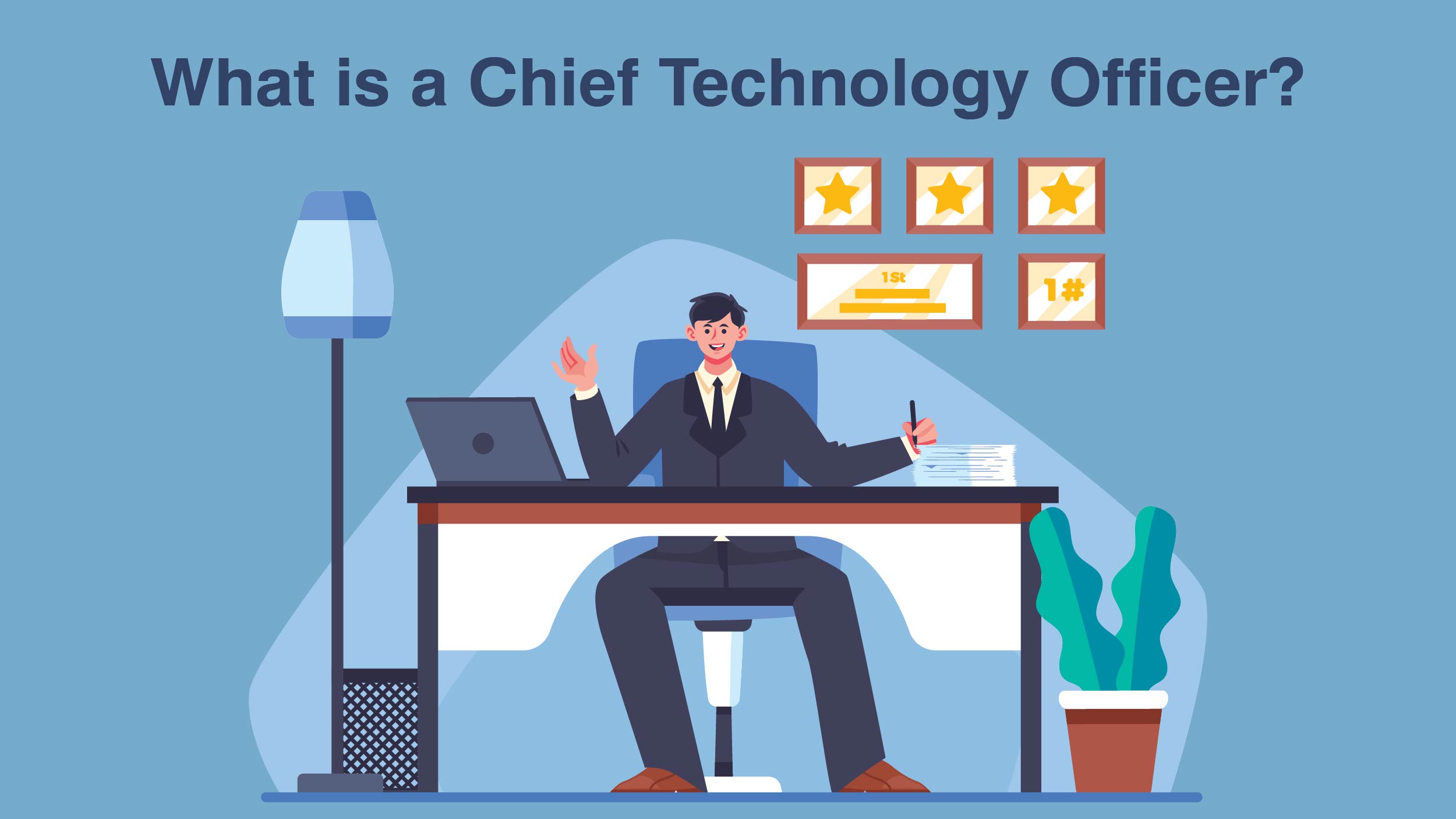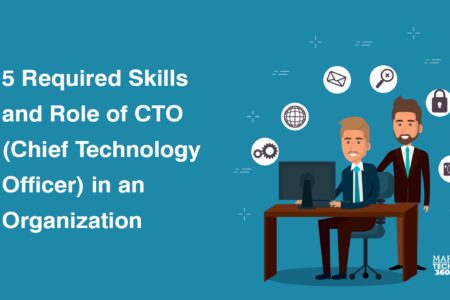In today’s digital age, technology is the life force of every organization, the pulse that keeps things running smoothly. But have you ever wondered about the person behind the tech magic? It’s none other than “chief technology officer” aka CTO.
Whether it’s a startup or a corporate giant, every company relies on a CTO to navigate the ever-changing tech landscape. It’s a dynamic and demanding role, and in this blog, we’re here to unravel the top five skills every CTO needs to master. Let’s get started!
What is a Chief Technology Officer?

The chief technology officer’s role frequently overlaps with that of the chief information officer (CIO) or chief science officer. Some or all of these positions may exist depending on the size and emphasis of the firm. In some situations, the CTO may be in charge of infrastructure, strategic planning, or client relations. The characteristics of the job differ depending on the company. The chief technology officer usually reports to the CEO.
It therefore plays a vital role in the C-suite since they are frequently in positions that allow them to embrace newer and innovative technology and help firms adopt new tools to improve efficiency and performance. A chief technology officer is in charge of a company’s technology strategy and development for customers, vendors, and internal staff. The goal is to increase production and output while lowering costs and time.
Therefore, organizations keenly look for the skills listed herein while hiring one.
Top 5 Skill Sets You Should Be Watching For

Also read: 7 Proven Strategies for Running a Successful Online Ecommerce Business
1. Business sense
CTOs must be familiar with the fundamentals of the company they work for. They must devise and implement ways to help an organization improve. It necessitates a thorough awareness of how a business operates, as well as the difficulties it encounters and the solutions required to address them. A candidate with commercial acumen is always beneficial in assisting with end-user requirements. For many firms, this can encapsulate the work of a CTO — CRM and ERP implementation, as well as technical support for foreign teams.
2. Leadership skills
CTOs that supervise managers and teams must have leadership and team management skills. They usually work in groups and must be able to motivate people in order to maintain a high level of production. They also allocate work while providing assistance and coaching as needed.
3.Effective communication
To communicate an organization’s technology demands and adopt new technologies, CTOs must have great communication skills. Problem-solving, time management, and multitasking are among the other soft skills required. The CTO must understand the strengths and limitations of their staff in order for their departments to function properly. The ability to both inspire others and persuade them that your idea is achievable has its benefits. An excellent CTO should be someone to be admired.
4. Strategic thinking skills
A CTO must think strategically in order to focus on the larger picture of a company’s or project’s objectives. The CTO is in charge of leading a team of project managers, engineers, and designers as they concentrate on the intricacies. One of the most important responsibilities of a CTO is strategy planning, which includes developing new products, adopting new technology, calculating expenses and resources, putting it all together with a team, and even hiring a team. A good CTO can usually draw on his or her previous knowledge to predict a route to success by developing a digital strategy.
5. Technical Experience
The most significant criterion for becoming a CTO is technical experience. A CTO is a technology executive with at least 15 years of expertise. For a startup, this rule may not apply. A startup founder’s CTO may be a fresh college graduate with little or no experience. The CTO is in charge of developing a product in a startup. However, being the CTO of a large or mid-sized corporation requires years of experience. A CTO should be able to find, hire, or at the very least appraise fresh applicants. The CTO has the experience and knowledge to recognize which individuals are suitable for specific positions and what abilities they should possess.
Final Verdict
The problem is that the chief technology officer’s role is a hybrid of technical execution, operational management, and executive representation. All of these are familiar territory for the greatest CTO. The function of a Chief Technology Officer is critical for the success of both technology startups and multinational established software firms. The CTO is in charge of all technical concerns and processes aimed at resolving the company’s software product challenges.
So, as you venture forward in your own technological journey, remember the silent hero behind the scenes—the Chief Technology Officer—whose passion, innovation, and expertise continue to drive progress in this ever-evolving digital realm.
